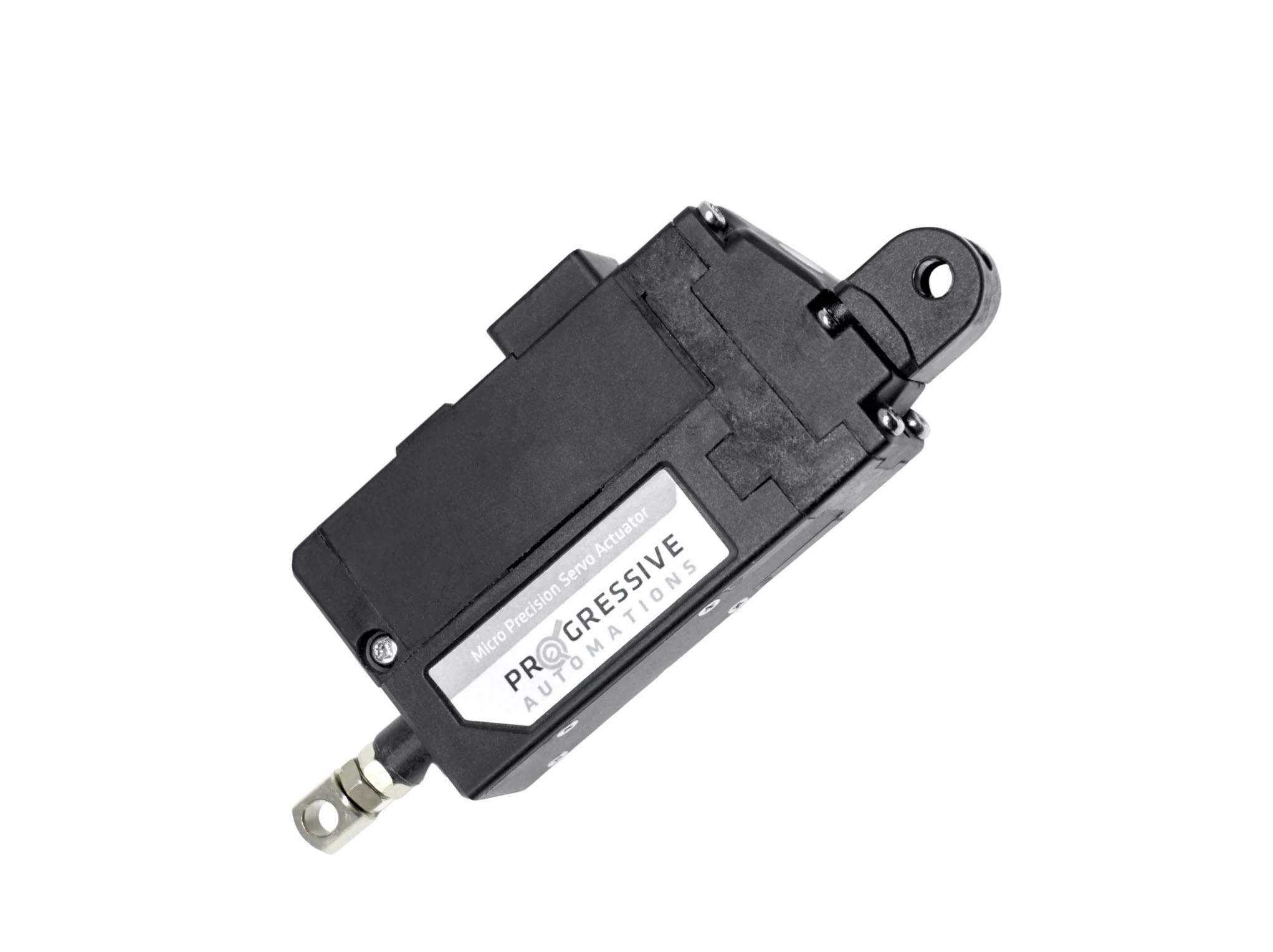In today’s modern environment, the importance of automation cannot be overstated. It stands as a testament to human innovation, facilitating seamless integration of technology into our daily lives, optimizing processes, and creating efficient systems. In many automated systems, there’s a key part that often goes unnoticed: the microlinear actuator. Acting as the bridge between manual operations and mechanized functionalities, linear actuators play a pivotal role in converting energy into straight-line motions, thereby simplifying complex tasks and enhancing precision.
To truly appreciate the marvel of automation, it’s essential to delve into the mechanics. A linear actuator operates on a straightforward principle: converting energy—be it electric, pneumatic, or hydraulic—into linear motion. This conversion enables devices and machinery to move, adjust, tilt, push, or pull, depending on the application. There are primarily three types of linear actuators — Electric, which uses electrical energy; Pneumatic, which relies on compressed air; and Hydraulic, which leverages the power of liquid under pressure.
Each type possesses its unique characteristics, making them suitable for various applications. This deep dive into the world of automation underscores how indispensable and transformative linear actuators are in the modern age.
Home Automation & Garden Innovations: Making Life Easier
The evolution of technology has seamlessly woven itself into the very fabric of our living spaces, transforming them into hubs of convenience and efficiency. Home automation, in particular, is revolutionizing our daily routines in ways we might have only dreamed of a decade ago.
Home Automation: The arena of home automation is vast, bringing forth an array of advancements that simplify day-to-day activities. Apart from self-adjusting window covers and doors that greet you by swinging open automatically, consider the kitchen. Modern kitchens now come equipped with refrigerators that can remind you when you’re out of milk or even ovens that preheat themselves by the time you get home. Lighting has seen a revolution too. Smart lights adjust themselves based on the time of day or mood, ensuring optimal brightness without you having to flick a switch. Even safety has been enhanced. Security systems can now detect unfamiliar faces, immediately alerting homeowners of potential intruders. And for those who despise the tedious task of cleaning, robotic vacuum cleaners, and mops roam our floors, ensuring they remain spotless.
Garden and Outdoors: Beyond the walls of our homes, our gardens are also embracing the touch of technology. Automated greenhouse vents are just the beginning. Think about sprinkler systems that water your garden based on weather forecasts, ensuring plants get the right amount of moisture. Or, decorative fountains that come alive as the sun sets, turning your garden into an evening wonderland. And of course, the robotic lawnmowers are the cherry on top, making lawn maintenance almost effortless.
Generally speaking, automation, both indoors and outdoors, is not just about luxury—it’s about enhancing the quality of life, one innovation at a time.
Healthcare and Fitness: Embracing Automation for Better Care
When it comes to healthcare, the integration of automation using linear actuators has paved the way for improved patient care and comfort. Adjustable medical beds, for instance, aren’t just about comfort—they’re about ensuring the right posture and facilitating quicker recovery. These beds, along with specialized chairs, can be easily maneuvered to accommodate different medical procedures and patient needs. Furthermore, rehabilitation devices equipped with automation aid faster recovery, helping patients regain strength and mobility with personalized, consistent, and accurate support.
Workspace Innovation: Crafting a Dynamic Work Environment
The contemporary workspace prioritizes both productivity and well-being. Adjustable standing desks exemplify this by promoting better posture and combatting the health risks of prolonged sitting. Meanwhile, automatic cabinets and drawer systems save time and reduce the physical strain of accessing frequently needed items. And in industries where heavy lifting is routine, robotic assistance isn’t just about convenience—it’s a crucial tool to prevent workplace injuries and enhance efficiency.
Vehicle Enhancements: Driving into the Future with Automation
Modern vehicles are not just about getting from point A to B; they’re about ensuring the journey is as comfortable and efficient as possible. Car trunks that open with a simple gesture or voice command make loading and unloading a breeze. Additionally, the automation of seat and mirror adjustments ensures that drivers can find their optimal driving position swiftly, enhancing safety and comfort.
Entertainment and Leisure: Experiencing the Next Level
Entertainment systems at home have seen a significant upgrade with automation. Home theaters now come with projector lifts and seats that adjust for the best cinematic experience. For gaming enthusiasts, the era of static chairs is gone. Modern gaming chairs move in sync with game actions, and VR platforms translate virtual movements into real-world sensations, offering an immersive experience like never before.
In every aspect of our lives, from health to leisure, automation stands out as the key to enhanced convenience, efficiency, and experience.
Benefits of Using Linear Actuators: A Game-Changer in Modern Automation
Linear actuators, though often operating behind the scenes, play an important role in revolutionizing our daily experiences. One of the most evident benefits is the sheer convenience and comfort they bring, eliminating manual adjustments and streamlining operations. From medical beds to automated vehicle systems, they significantly boost efficiency, ensuring tasks are completed faster and more accurately. Additionally, safety is elevated as linear actuators can make precise movements, reducing the risk of errors or mishaps. On the environmental and economic front, these devices can be designed to operate with optimal energy consumption, leading to potential energy savings. Generally, the integration of these simple devices in various applications symbolizes a step towards a smarter, safer, and more sustainable future.

